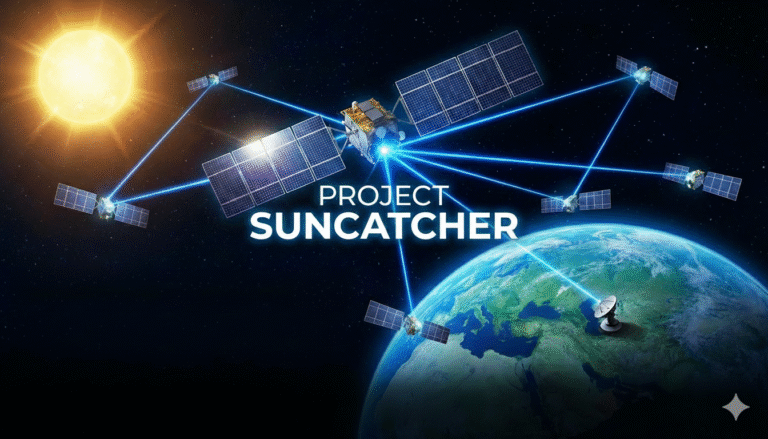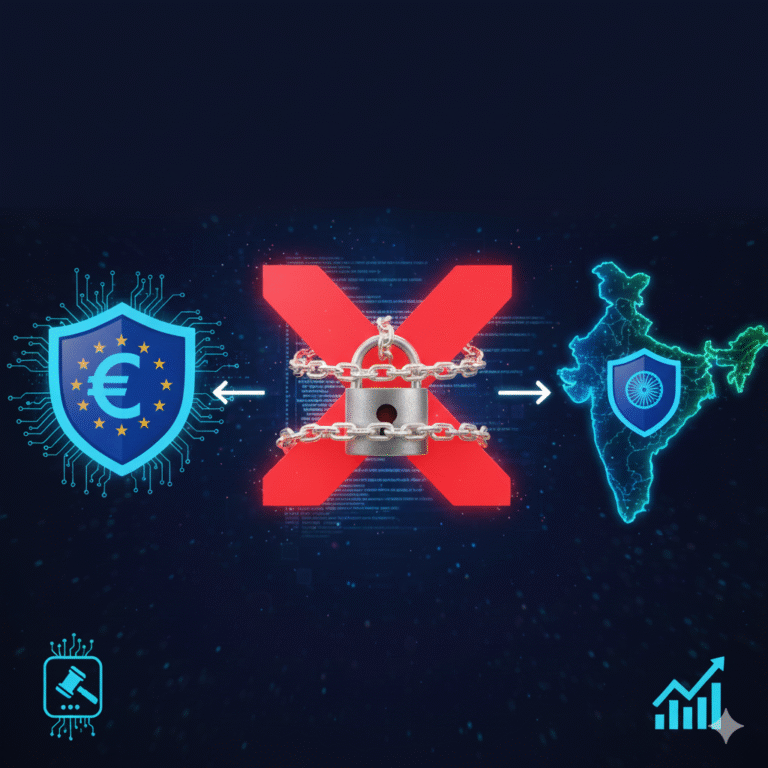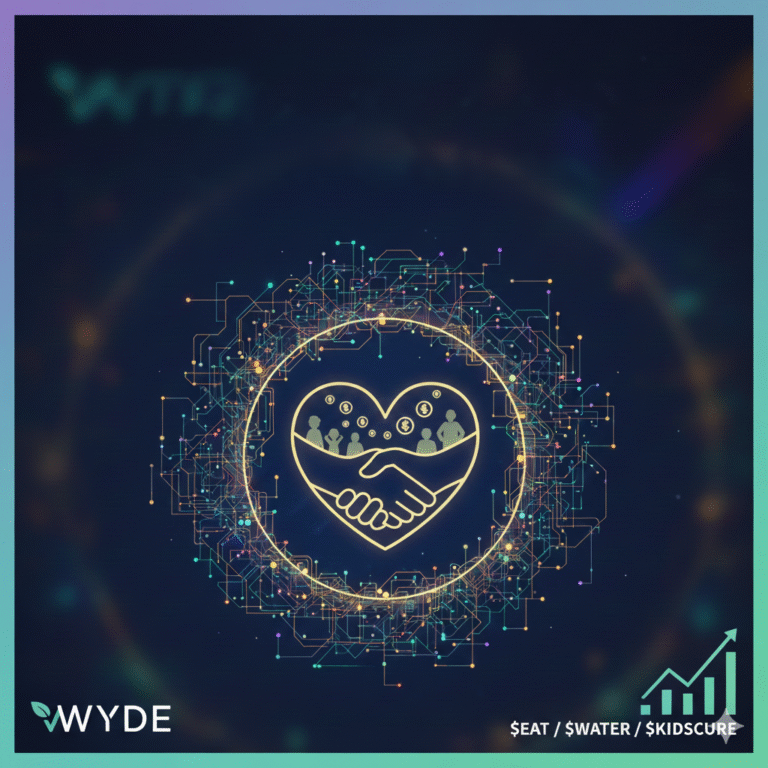In an increasingly connected world, the demand for secure, efficient, and ultra-fast communication has never been greater. While conventional communication technologies continue to advance, their inherent limitations—especially concerning security and data integrity—are becoming more apparent. Enter quantum communication, a revolutionary paradigm that promises unhackable data transfer, enhanced encryption methods, and seamless integration with the telecom infrastructure. This article explores the convergence of quantum communication and traditional telecommunications, the scientific principles behind this merger, and its potential to redefine global connectivity.
What Is Quantum Communication?
Quantum communication leverages the principles of quantum mechanics to transmit information. Unlike classical systems that use bits (0s and 1s), quantum systems use qubits, which can exist in multiple states simultaneously thanks to superposition and entanglement. This allows quantum networks to offer:
- Unprecedented Security: Quantum Key Distribution (QKD) makes eavesdropping detectable and mitigates cyber threats.
- Enhanced Efficiency: Quantum entanglement allows for instantaneous information correlations over large distances.
- Scalable Communication: Emerging protocols promise better scalability compared to classical cryptography systems.
The Science Behind Quantum Communication
Quantum communication rests on two fundamental quantum principles:
- Superposition: A qubit can represent a 0, 1, or both simultaneously.
- Entanglement: Entangled particles remain connected, such that the state of one instantly influences the state of the other, no matter the distance.
These phenomena form the backbone of Quantum Key Distribution (QKD), the most well-known application of quantum communication, offering theoretically unbreakable encryption.
The Need for Telecom Integration
Telecommunications form the backbone of global communication, connecting billions through networks of fiber-optic cables, satellites, and mobile towers. Integrating quantum technologies with telecom infrastructure enables:
- Global-Scale Security: Embedding QKD in fiber-optic networks to protect sensitive government and corporate data.
- Next-Gen Networks: Enabling secure 6G and beyond.
- Resilient Infrastructure: Enhancing disaster response and data protection mechanisms.
How Integration Works: Quantum Meets Telecom
1. Quantum Repeaters
Classical repeaters amplify signals to extend range, but this approach fails in quantum systems due to the no-cloning theorem. Quantum repeaters overcome this by entangling qubits across distances.
2. Photon-Based Transmission
Single-photon sources can transmit qubits over optical fibers used in telecom networks, allowing for gradual integration.
3. Quantum-Enabled Hardware
Manufacturers are developing hardware like quantum transceivers, detectors, and processors to fit existing telecom infrastructure.
Real-World Implementations
China’s Quantum Satellite (Micius)
Launched in 2016, Micius demonstrated satellite-based QKD, achieving secure communication over thousands of kilometers.
European Quantum Communication Infrastructure (EuroQCI)
The EU is developing a pan-European quantum network to integrate with 5G and broadband services.
India’s Quantum Leap
India’s Department of Telecommunications has initiated several pilot projects and partnerships with institutions like IISc and ISRO to integrate quantum tech into national networks.
Challenges in Integration
Despite its promise, quantum-telecom integration faces significant challenges:
- Infrastructure Compatibility: Existing systems require retrofitting or replacement.
- Cost and Investment: Quantum hardware is expensive and still in the developmental phase.
- Standardization: Global standards for interoperability are yet to be established.
- Environmental Sensitivity: Quantum systems can be disrupted by noise and temperature fluctuations.
Future Prospects and Innovations
Quantum Internet
A fully quantum internet could enable ultra-secure communications, cloud-based quantum computing, and distributed quantum applications.
Smart Cities and IoT
Quantum-secured IoT networks would enhance privacy and reliability in smart city infrastructures.
National Security
Governments could deploy quantum-secured networks to protect national interests and diplomatic communications.
The Indian Perspective
India is emerging as a significant player in the quantum revolution. Key developments include:
- National Mission on Quantum Technologies & Applications (NM-QTA): A $1 billion initiative to support research and development.
- Collaborations with Global Leaders: Partnerships with the US, EU, and Japan to develop quantum infrastructure.
- Academic Contributions: Institutes like IIT Madras and IISER Pune are pioneering quantum communication research.
Conclusion
Quantum communication’s integration with telecom infrastructure represents a transformative leap toward secure and intelligent global connectivity. As challenges are gradually overcome, this fusion will drive innovations across sectors—defense, finance, healthcare, and governance. With countries like India making rapid strides, the dream of a quantum-connected world is fast becoming reality. The fusion of quantum physics and telecom technology is not just an evolution; it is a revolution in how we think about and execute communication.
Key Takeaways
- Quantum communication ensures nearly unbreakable encryption through quantum key distribution.
- Telecom integration enables secure global-scale networks and future-readiness for 6G and beyond.
- Major global and Indian initiatives are pushing toward real-world adoption.
- Quantum repeaters, photon transmission, and specialized hardware are central to integration.
- The future holds promises of quantum internet, secure IoT, and national security enhancement.









+ There are no comments
Add yours